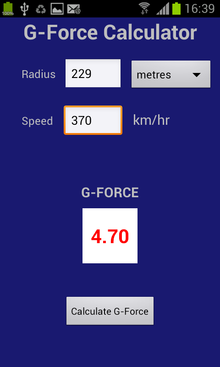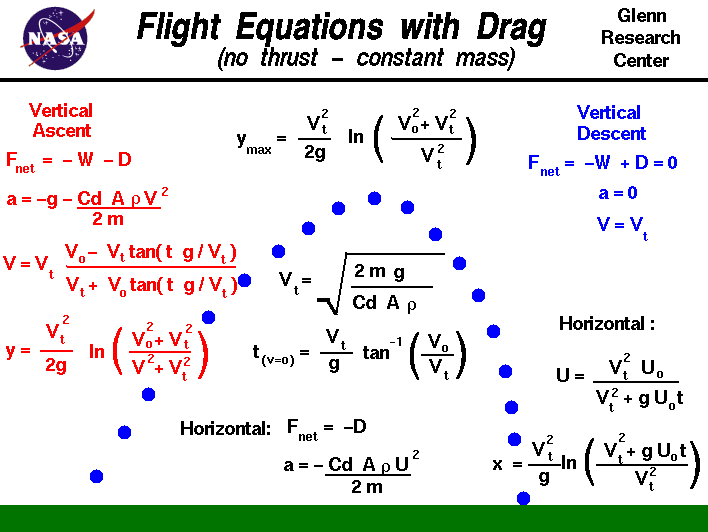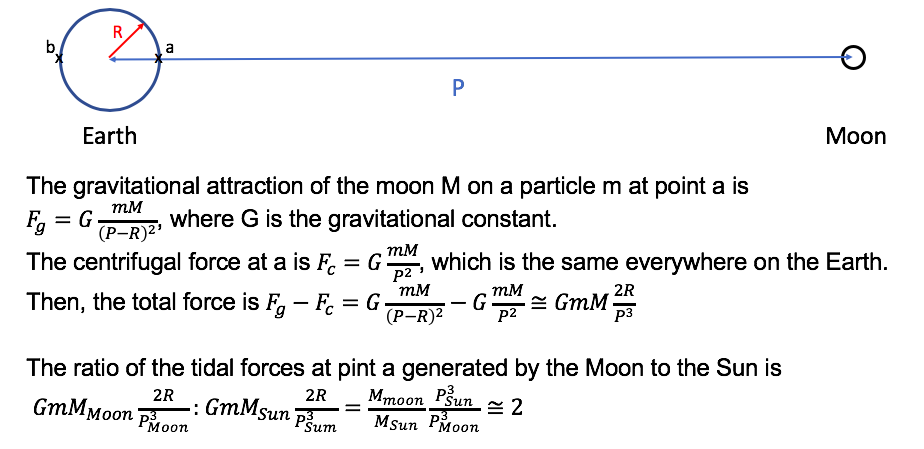
Here’s a YouTube Video showing a concept creation video of what a Tesla Roadster outfitted with a SpaceX Package might look like following blastoff with a little discussion about its cold air thrusters: “According to the plaque giving a small description of the vehicle, it reads “Demonstrating the versatility of electric power and adding extra distinction to the car’s already high performance, an announced SpaceX package would outfit the Roadster with cold air rocket thrusters positioned at the rear, allowing for a 0-to-60-mph acceleration time of 1.1 seconds.”

“On top of Musk giving us more tidbits, Tesla’s Roadster display at the Petersen Automotive Museum also revealed never before shared information regarding the spec of the SpaceX Package Roadster.” This allows it to orbit around the Earth.Yesterday, Twitter account Sawyer Merritt posted a tweet showing a concept creation video of what a Tesla Roadster might look like rocketing down a road going from 0 to 60 mph in just 1.1 seconds.Īs noted in a recent Torque News article written by Tinsae Aregay, not only will the Roadster morph into a new design overhaul, but that Tesla will possibly offer a “SpaceX Package” that will essentially rocket a Tesla into new automotive records. Acceleration continues until the Space Shuttle orbiter eventually reaches a speed of 28,000 km/h and an altitude over 300 km. Fuel continues to be pumped to the three main engines for another 6 minutes. At this time (once all of the fuel is consumed), the SRBs separate away from the external tank (the big orange part). (As the shuttle uses its propellant, it also becomes much lighter, which increases acceleration.)Īfter 124 seconds, the shuttle has already reached an altitude of 45 km and is travelling at 1,380 m/s (4,973 km/h). This means that the space shuttle accelerates for more than 2 minutes before the solid rocket boosters separate. After 1 second, it reaches a maximum speed of 90 m/s (ignoring drag and mass change), but after that 1 second of thrust, the model rocket starts to lose speed due to the weight and drag forces both acting in the opposite direction to its motion.įor the Space Shuttle, the solid rocket boosters (SRBs) have enough propellant to provide thrust for 124 s. The acceleration of the model rocket at 90 m/s 2 is far greater than the Space Shuttle at 5.25 m/s 2, but there is a significant difference in the motion after launch.įirstly, the model rocket only had enough propellant for 1 second of thrust. Resultant force = thrust – weight = 30.5 million – 20 million = 10.5 million newtons.Īcceleration = resultant force ÷ mass = 10.5 million ÷ 2 million = 5.25 m/s 2. This gives a massive total thrust of 30.5 million newtons!

The thrust of each of the big white solid rocket boosters on the side was 12.5 million newtons, and the three main engines at the tail end of the bit that looks like a plane (the Space Shuttle orbiter) had a combined thrust of 5.5 million newtons. This means the total weight at lift-off is 2 million x 9.8, which is approximately 20 million newtons (20 mega newtons). It had a lift-off mass of 2 million kilograms (2000 tonnes). The Space Shuttle mission that launched on 24 February 2011 was called STS-133. Calculating the acceleration of the Space Shuttle The same method can be used for a full-sized rocket such as the Space Shuttle. This is nine times the normal acceleration due to gravity.


This means that, every second, the speed of the rocket increases by 90 m/s. The resultant force is the thrust – weight = 5 – 0.49 = 4.51 N (unrounded).Īcceleration = resultant force divided by mass = 4.51 ÷ 0.050 = 90 metres per second squared (90 m/s 2). To find the weight, 50 g needs to be changed into kilograms by dividing by 1000. One model rocket has a mass of 50 grams and a rocket engine that produces a thrust of 5 N for 1 second. It can be calculated using the equationĪcceleration = resultant force (newtons, N) divided by mass (kilograms, kg). Calculating the acceleration of a model rocketĪcceleration is a measure of how much the speed increases each second. The resultant force on each rocket is calculated using the equation resultant force = thrust – weight. Weight is the force due to gravity and is calculated (at the Earth’s surface) by multiplying the mass (kilograms) by 9.8. The two forces acting on rockets at the moment of launch are the thrust upwards and the weight downwards.


 0 kommentar(er)
0 kommentar(er)
